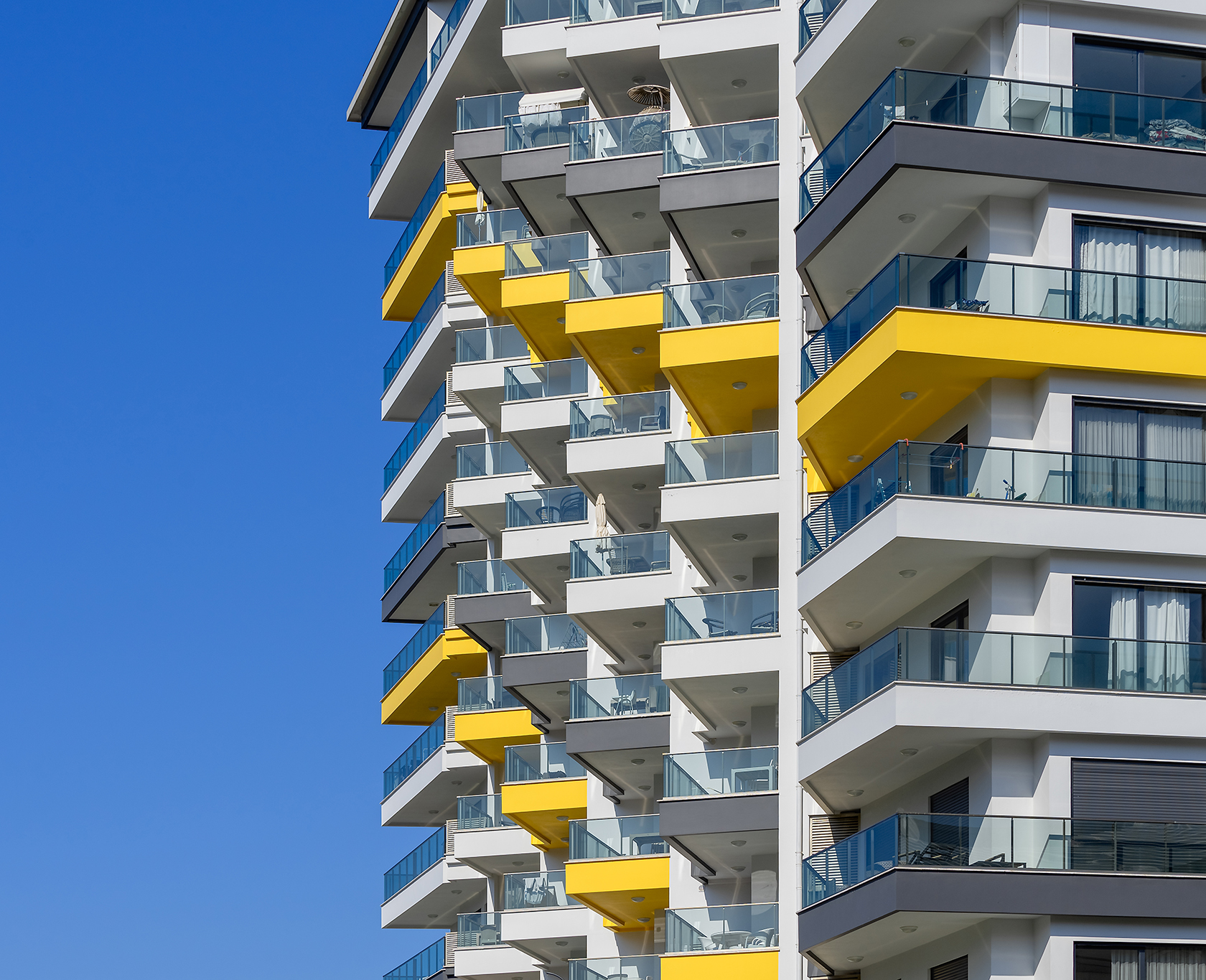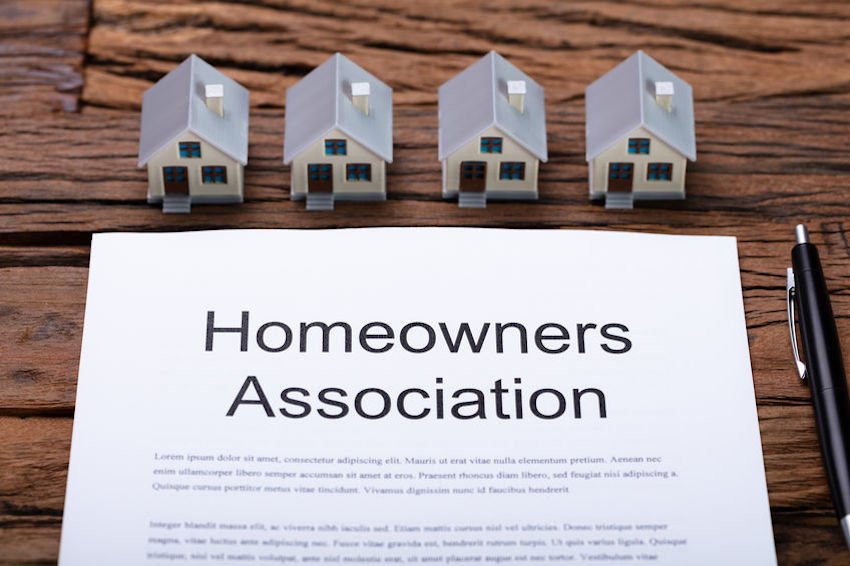Navigating Problems Within Your Condo HOA: Idea
Just How Condominium HOA Controls Shared Rooms and Boosts Area Consistency
The administration of common rooms within a condo organization plays a crucial duty in cultivating area communication and preserving property values. Via the facility of thorough standards, the Condominium HOA not only regulates the use of communal amenities yet additionally advertises a culture of respect and accountability amongst homeowners. By resolving possible problems and promoting open discussion, the HOA can improve the overall living experience. The efficiency of these strategies usually pivots on active engagement and dedication from all members, elevating questions about the best approaches to attain long-term neighborhood harmony.
Duty of the HOA
The homeowners organization (HOA) acts as the regulating body for condo communities, playing a vital function in preserving the property and promoting a cohesive living setting. It is responsible for passing and implementing neighborhood policies and regulations, which are developed to protect the visual worth and functionality of the shared space. This governance makes sure that all homeowners stick to a standardized set of expectations, promoting a sense of unity among varied house owners.
In Addition, the HOA takes care of the financial aspects of the community, including budgeting, collecting dues, and maintaining common areas. This financial oversight is crucial in making sure that needed upkeep and renovations are executed without delay, boosting building worths with time. The HOA additionally offers as a liaison between locals and external entities, such as local government and company, dealing with communal worries efficiently.
Furthermore, the HOA often arranges neighborhood events and programs, urging neighborly interactions and constructing partnerships among locals. By helping with open communication and resolving complaints, the HOA adds to an unified living setting. Therefore, its multifaceted duty is necessary in making sure the smooth operation and total contentment within condo communities.
Regulations for Shared Areas
Effective administration in condo communities demands clear policies for shared areas, which are important for keeping order and advertising a sense of area among homeowners. These policies work as standards that make sure everyone can appreciate typical areas, such as swimming pools, gardens, and recreational centers, without conflict.

Additionally, cleanliness and maintenance standards are essential, usually specifying that locals must tidy up after themselves and report any type of problems to the property owners' association. By plainly connecting these assumptions, the HOA can decrease misconceptions and motivate respect among citizens.
Inevitably, well-defined policies for common spaces add to the total quality of life in a condominium neighborhood, permitting residents to exist together in harmony while delighting in the features that enhance their living experience. condo hoa.
Value of Neighborhood Guidelines
Community guidelines play a significant role in promoting a cohesive and respectful environment within condo organizations. These standards develop clear assumptions for citizens, advertising a sense of responsibility and shared obligation. By defining appropriate habits and methods, neighborhood guidelines help avoid misunderstandings and conflicts among homeowners.
Furthermore, these standards act as a structure for preserving the aesthetic and functional honesty of common spaces. They ensure that all residents comply with criteria pertaining to residential property maintenance, noise degrees, and use of communal facilities. This harmony not only enhances the aesthetic allure of the neighborhood but also adds to general home values, profiting all house owners.

Conflict Resolution Approaches
Browsing disputes within a condominium organization requires an organized technique to make sure fair and efficient resolution. Reliable dispute resolution strategies often start with open communication, encouraging homeowners to voice official source worries in a respectful fashion. Establishing an assigned channel for complaints, such as a tip box or an on the internet forum, can promote this process.
Arbitration is another essential method, wherein a neutral 3rd party aids contesting homeowners reach a mutually acceptable solution. This technique fosters partnership and understanding, minimizing hostility - condo hoa. The HOA board need to also create clear procedures for resolving complaints, making certain all celebrations are mindful of the steps included
Routine problem resolution training for board participants can enhance their capability to take care of conflicts properly. Utilizing a well-defined structure, such as the "Interest-Based Relational Strategy," helps focus conversations on passions instead of settings, advertising a solutions-oriented mindset.
Advantages of Neighborhood Harmony
Promoting community harmony within a condo organization brings many benefits that boost the total living experience for homeowners. An unified area urges collaboration and cooperation visit this page among neighbors, leading to a more harmonious environment. When citizens feel reputable and connected, they are much more likely to engage in public tasks and take part in decision-making procedures, leading to a stronger feeling of belonging.
Additionally, community consistency considerably lowers misconceptions and disputes, which can otherwise disrupt daily life. A peaceful setting lessens anxiety and promotes psychological health, enabling residents to appreciate their homes completely. Additionally, unified connections frequently translate right into enhanced residential property values, as prospective purchasers are drawn to areas defined by stability and cooperation.

Conclusion
With the establishment of clear regulations and neighborhood guidelines, homeowners are motivated to keep a respectful and answerable environment. Ultimately, the initiatives of the HOA add to a natural community, promoting both residential or commercial property values and general resident satisfaction.
Additionally, the HOA usually organizes neighborhood occasions and programs, urging neighborly communications and building relationships among citizens. By marking appropriate actions and practices, neighborhood guidelines assist protect against misunderstandings and disputes amongst homeowners.
Additionally, neighborhood standards promote reliable interaction amongst residents and the Homeowners Association (HOA) Through the establishment of clear policies and neighborhood standards, residents are encouraged to preserve a considerate and answerable atmosphere. Eventually, the efforts of the HOA add to a cohesive neighborhood, advertising both property values and overall resident satisfaction.